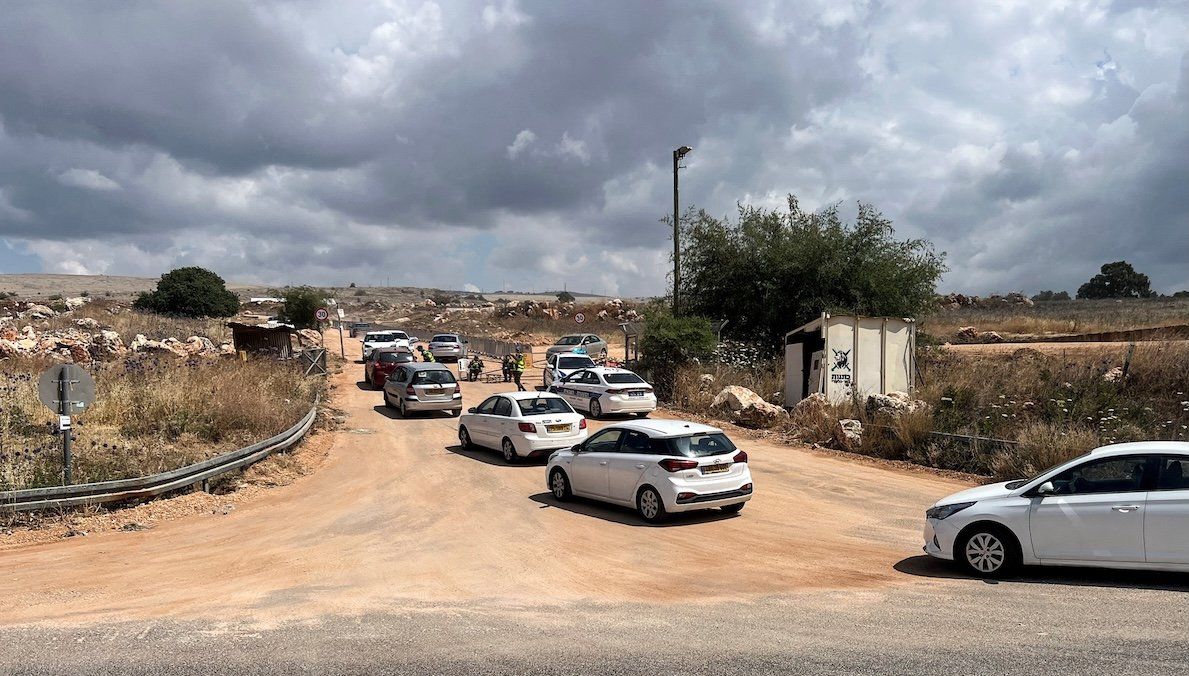The Israeli security cabinet on Monday approved a new plan for Gaza that entails using tens of thousands of additional troops in a fresh campaign that could end with Israel’s takeover of the entire enclave.
Following the vote, PM Benjamin Netanyahu promised an “intensive escalation” of the IDF’s assault on Gaza, which he said would be the “concluding moves” of Israel’s 18-month-long response to the Hamas-led massacres and kidnappings in Israel on Oct. 7, 2023. Several dozen of the roughly 250 hostages taken on that day remain in Gaza.
The Israeli Cabinet also approved a plan for Israel to unilaterally oversee the distribution of humanitarian aid, which would appear to largely cut out the UN and other relief agencies. Since the Hamas-Israel ceasefire and hostage exchange expired after just one phase in early March, Israel has cut Gaza off from any humanitarian aid at all, causing “catastrophic” shortages of both food and medicine.
The new push into Gaza would unfold over a period of months, according to Israeli officials, unless a new hostage release and ceasefire deal can be reached before US President Donald Trump’s trip to the region next week, when he will visit Saudi Arabia, Qatar, and the UAE.
The big question: After a year and a half of war that has largely leveled Gaza, killed more than 52,000 people, and forced the displacement of nearly all of the enclave’s roughly 2 million people, Israel has still not met either of its stated objectives: eradicating Hamas or freeing the remaining hostages. Will this “concluding” move lead Netanyahu any closer to … concluding?
